SIGN UP TO OUR NEWSLETTER FOR DISCOUNTS, PROMOTIONS and PRIZES!
Retrospective – Fifty years on – The Wicker Man (1973)
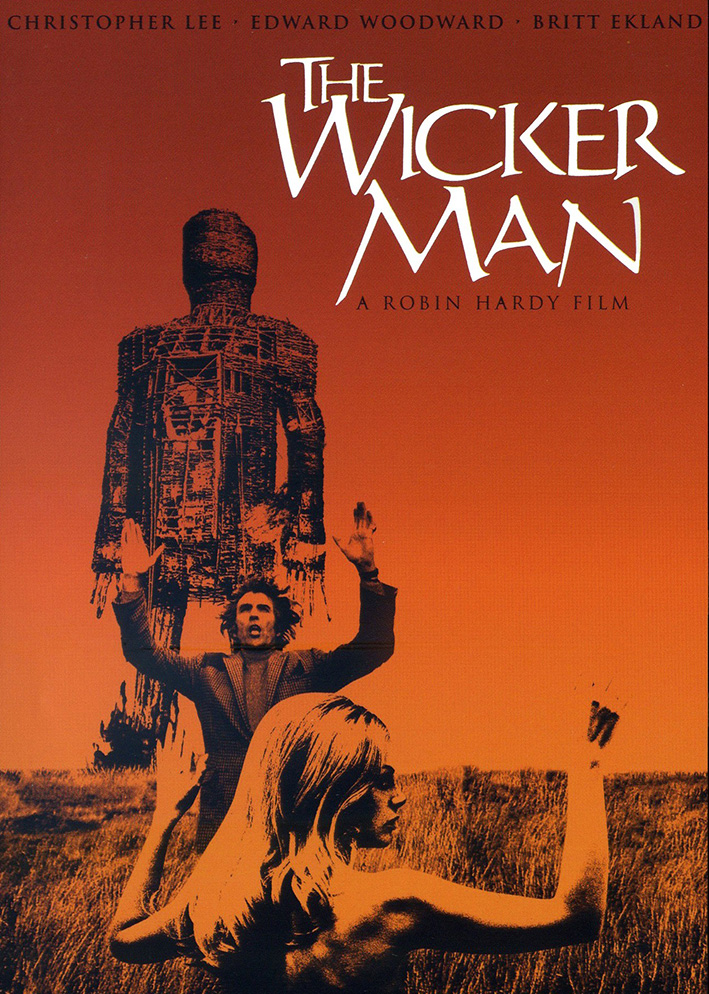
One of genre cinema’s biggest classics meets its 50th anniversary this year. Within these past five decades, the already beloved hit has managed to soar further than ever and gain a reputation that many films can only dream of. The grand slam in question is none other than Robin Hardy’s The Wicker Man (1973).
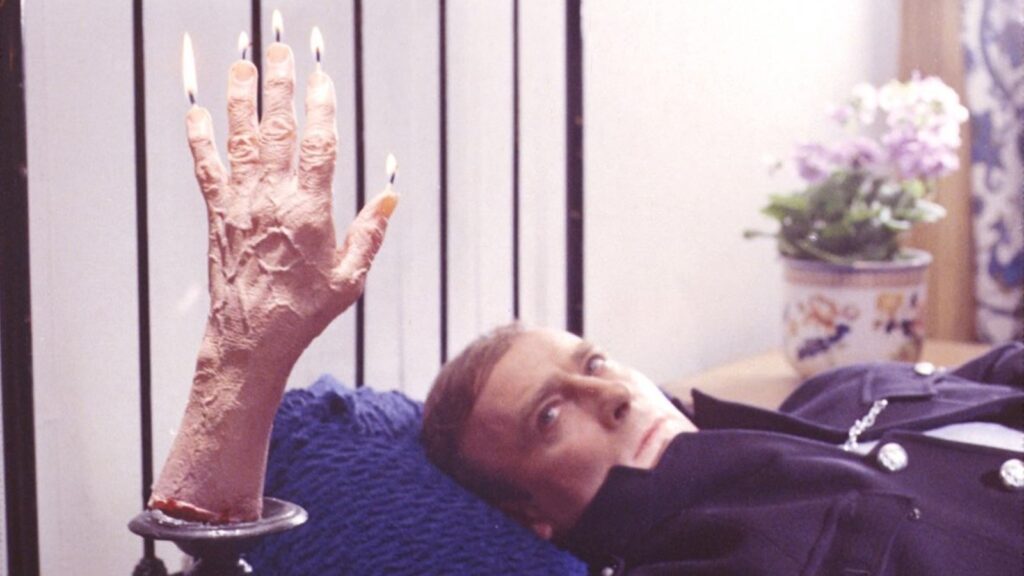
The Wicker Man follows Sergeant Howie (Edward Woodward) as he lands on the grounds of Summerisle, a small Scottish island, to investigate the disappearance of a child. Howie’s puritan ways are tested after being shocked at the Islander’s worship of pagan Celtic gods and behaving in an open frivolous manner, leading Howie to suspect that something suspicious lurks around the corner.
This eerie, dark, and bewitching descent into the greatest monster of them all, humanity, is a momentous feat in the world of folk horror, the genre responsible for creating the most haunting of films. In an ode to classic folk horror, The Wicker Man battles with evil grounds, sordid land and its lust for sacrifice. The 1970s hit thrives in these quintessential folkloric themes that have been utilised and weaponised for decades, yet rather than the film weaken overtime with multiple watches; it manages only to get better, which is equally thanks to the stellar performances and the film‘s unique method of building fear.
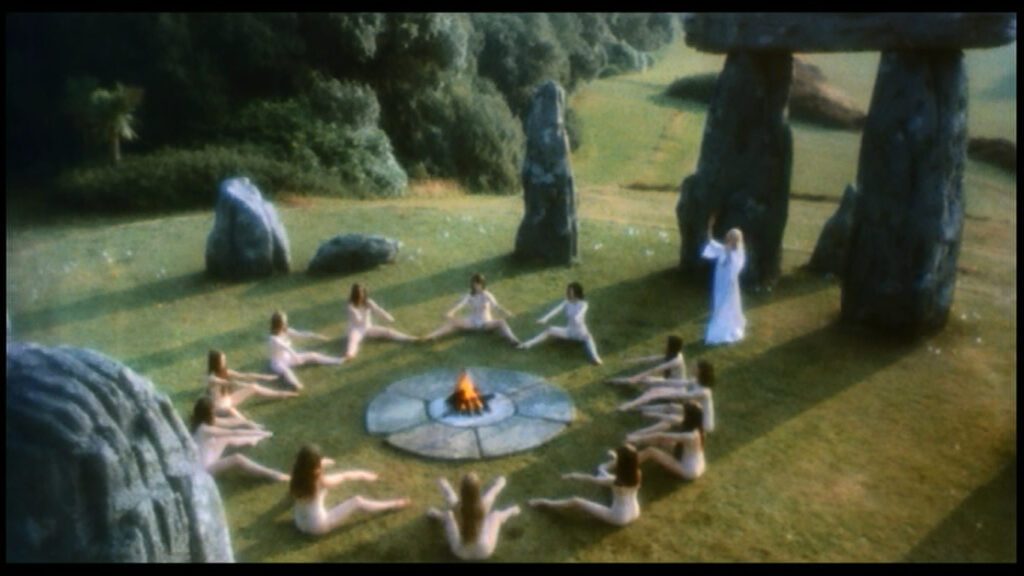
Production began in the early ‘70’s after the film’s screenwriter Anthony Shaffer and acclaimed actor/ Hammer Horror legend Christopher Lee began discussing the potential to collaborate on a film that went against the grain of the popular trend of ‘monster movies’. Soon joining Lee and Shaffer was the eventual director Robin Hardy, who was more than on board with creating a horror film surrounding cult and mythology. Looking for inspiration, Shaffer brought David Pinner’s 1967 novel Ritual to the table, which chronicled a religious police officer who travels to a small village looking to solve a sacrificial murder. After negotiations, Pinner sold the rights and production ensued.

For any ‘Ritual’ fans, it may be noted that The Wicker Man is not a direct adaption of the book, but more of a starting point, with the film, eventually forming into a tale about the woes and intrigue of paganism. The Wicker Man poses that the screen did not need to be filled with blood, guts, and gore to obtain a genuinely horrifying response from its audience. Instead, the terror alludes to the animalistic and horrific nature of the Summerisle residents. The film raises its atmosphere solely through methods of intent and interpretation, letting the viewer’s imagination conjure it. Despite how unnerving The Wicker Man’s conclusion may be, the lasting atmosphere is not one of disgust but deep-seated fear and trepidation that the most peaceful environments hold the darkest secrets.

With Lee already on board, they needed to cast the role of Sergeant Howie, the hard-mannered officer. When actors Michael York and David Hemmings declined the role, the reputable television actor Edward Woodward was welcomed onboard. With a solid story and an even sturdier cast under its belt, The Wicker Man began filming mainly along the Scottish coast before wrapping up and editing, which is a whole story within its own right…
From a contemporary perspective, many can confirm that The Wicker Man is a ‘perfect’ movie with no noticeable flaws. However, the post-production indeed travelled across rocky terrain. The studio, British Lion Films, had bought the film, and after seeing the ‘burning man’ conclusion, they demanded heavy cuts to the ending as Howie’s death was too horrid to put on screen. They suggested that the scene should continue, but instead, halfway through, a sudden downpour should occur in which the rainstorm puts out the fire. Luckily enough, the crew outright refused to make this edit and instead negotiated to cut out roughly twenty minutes of build-up scenes.
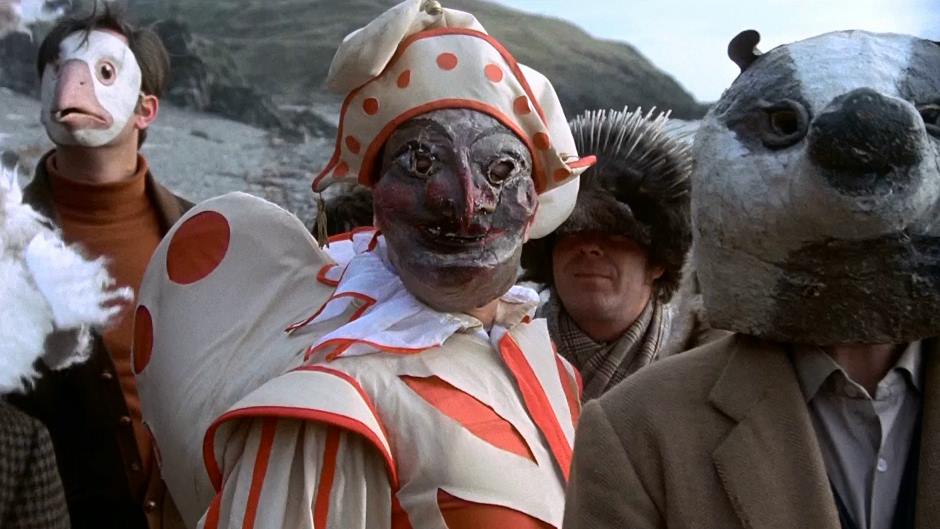
Adding to the turbulent release journey was the film’s lost footage. After the film had been released, Hardy was determined to restore his vision to its original edit, seeking the complete, original footage to restore it fully. However, he was informed that the negatives were lost, that is, until director Roger Corman (and one of the previous potential distributors) still had a copy, saving the day and leading to a ninety-six-minute version being released in 1979. As time has gone on, multiple versions have been released – an extended cut released by Canal+ in 2001, a limited edition signed version from Anchor Bay in 2005, and most recently, The Final Cut from StudioCanal, which Hardy described as one of the most accurate representations of what he wished The Wicker Man was when it was first released. Unfortunately, the exact carbon copy and precise original cut still have not been found, but that does not hinder what we already have.
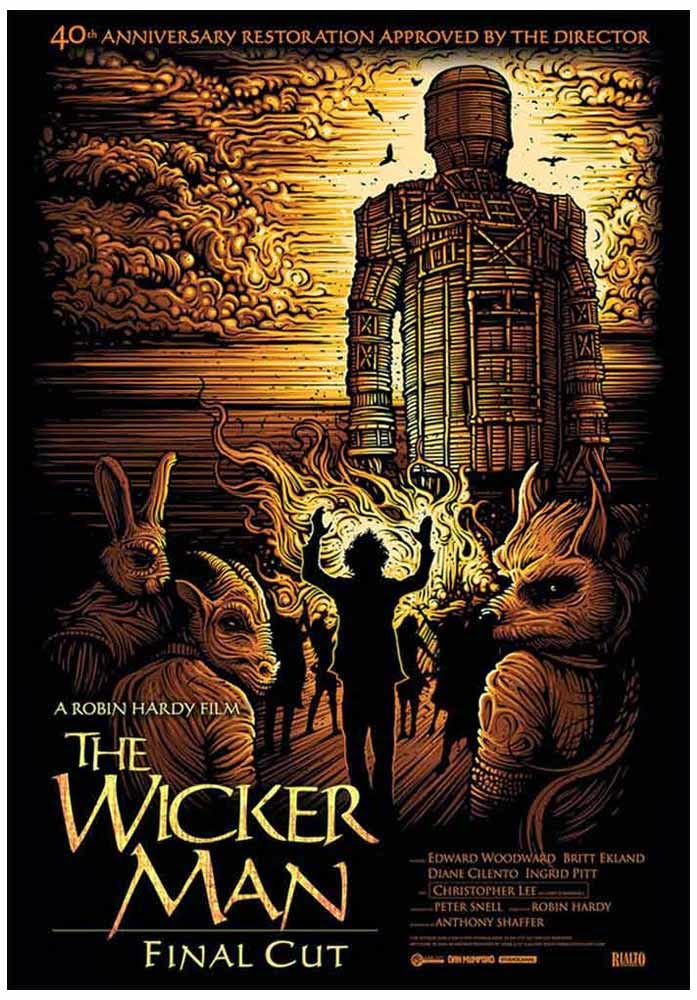
With all of the commotion and re-edits, where does The Wicker Man stand 50 years later?
The Wicker Man boomed onto the scene with reviews from prestigious outlets, including Variety, The New York Times, and Los Angeles Times, all praising the film’s slow-burning dread and evocative atmosphere. Decades later, distinguished sources such as Empire and The Guardian ranked the film as one of the best horror movies ever, and for a good reason. The film is not only a genre-defining piece of cinema, a folk horror classic, and a definitive part of British film and media; it is also an intense, burdensome, and wholly unhinged example of how aura and a menacingly slow buildup can leave a lingering mark of fear that does not rely on jumpscares, but our own worst enemy – the imagination.

There are multiple ways to read The Wicker Man, which are all equally frightening. There’s the aspect of nurturing nature, feeding the land souls to prevent disruption. Then there is the religious perspective, where one could comment on how the film elicits fear based on the infatuation of high powers and cults, leading to the abandonment of moralities to serve a spectral being. And then there is the more sinister realisation – forget about individualising fear within the sins of the land, forgo the collective power of cult thinking. What truly makes The Wicker Man claw at the viewer’s skin and then nestle its horror within their being is how mundane the film portrays monstrosity to be. Recalling back to early production stages, Lee, Shaffer, and Hardy wanted the uncanny to thrive amidst a background of sincerity where there were no ghosts, zombies, or knife-wielding maniacs. The horror needed to come from within the Summerisle residents’ souls, not via a weapon or some dressed-up ghoul. The film’s manifesto speaks to the horror within the everyday, an apparent typical atmosphere that holds unearthly secrets. The Wicker Man makes you uncomfortable and on edge from the very first moment. However, it is not until the very last scene that our suspicions are confirmed, and an epiphany reveals itself.
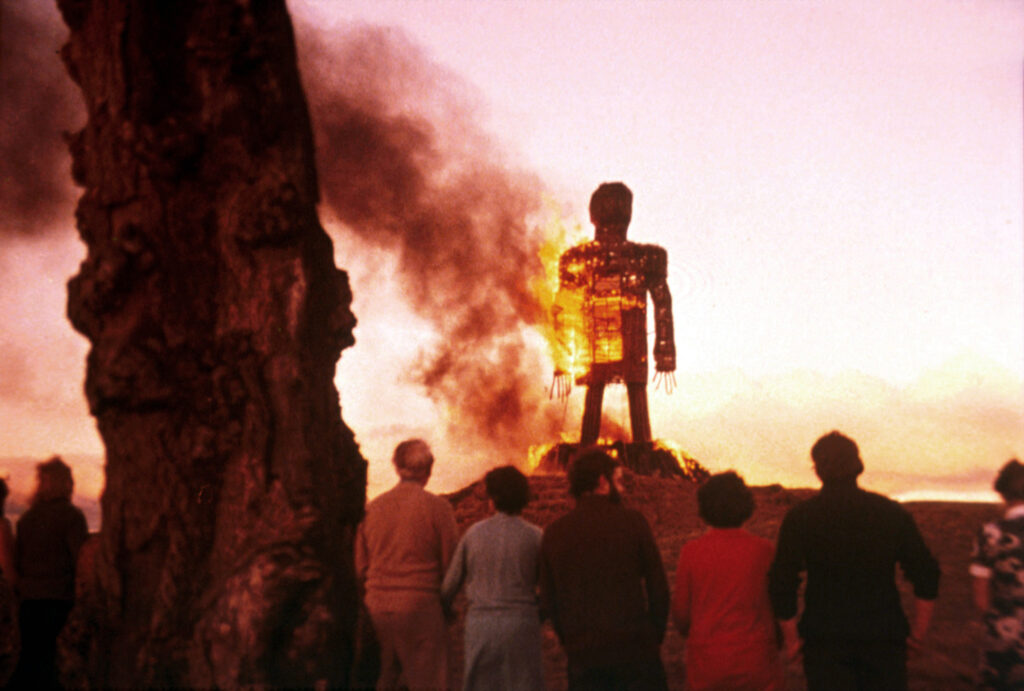
Want more top horror lists and reviews? Check out our blog here..
Share this story

